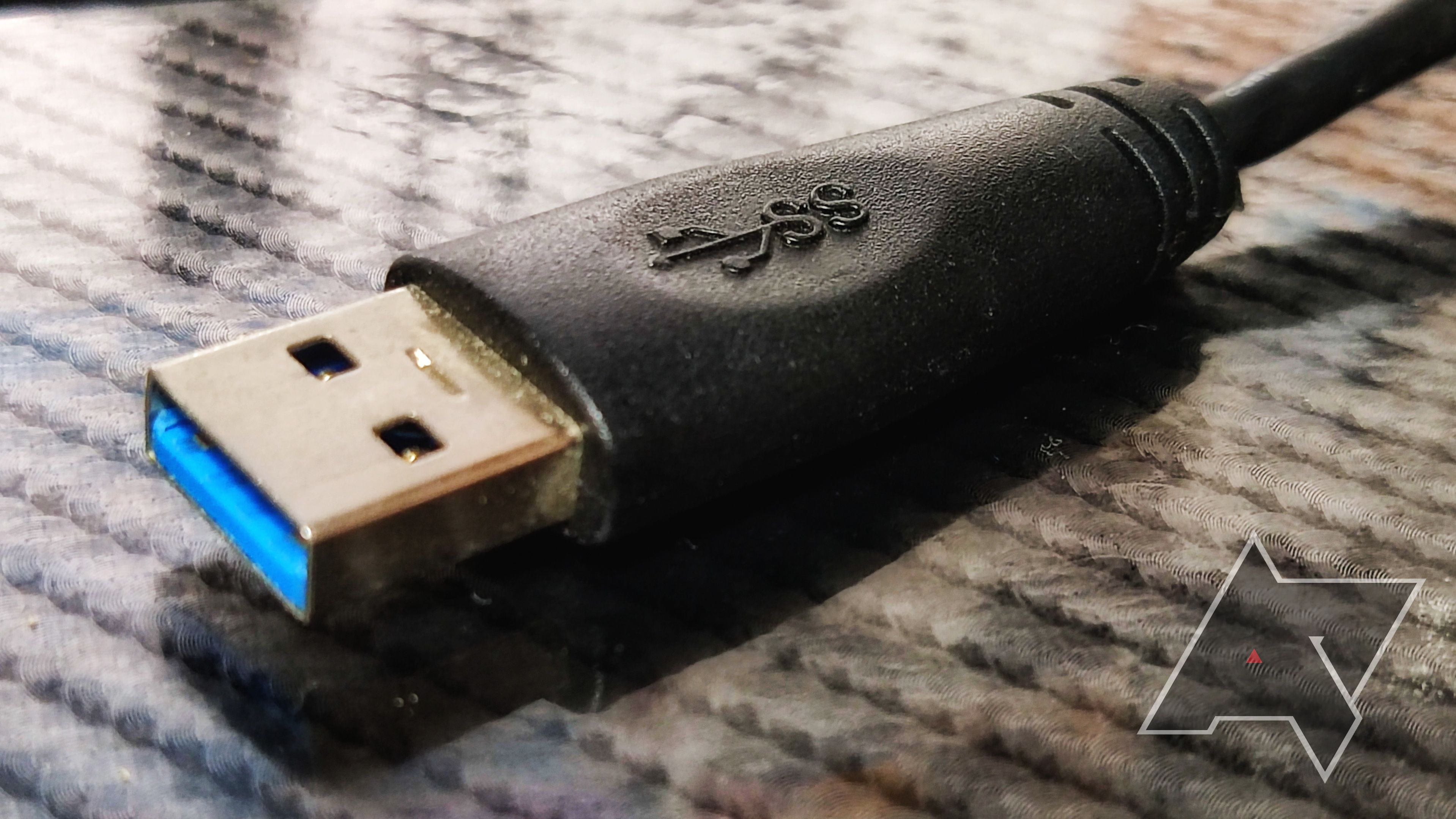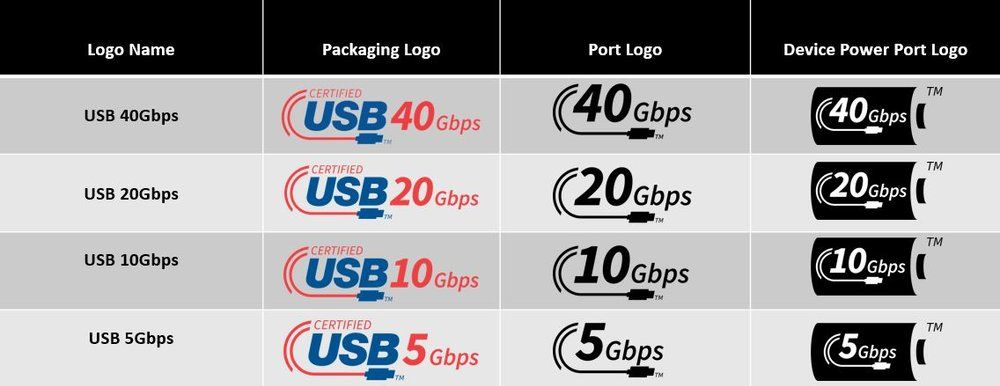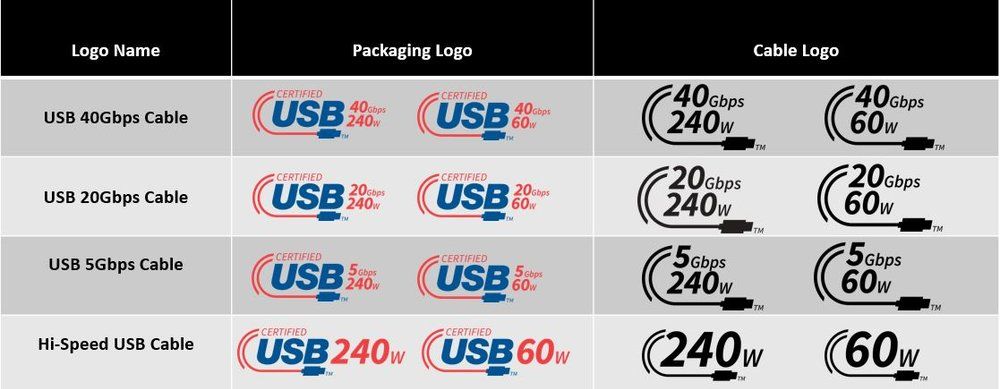USB is somehow both the simplest thing in the world, streamlining how we charge our devices, transfer data, and connect accessories, yet also an impenetrably confusing mess of inscrutable standards — who knows if you'll need a new cable to charge your phone at full speed? Thankfully, the powers that be (the USB Implementers Forum, or USB-IF) aren't unsympathetic to our plight, and following efforts last year to clean up power rating logos, the group's rebranding effort is now looking to simplify the nomenclature for the SuperSpeed and USB4 standards.
Speaking to The Verge, USB-IF President and COO Jeff Ravencraft explains that studies revealed consumers don't quite understand the meaning of the basic USB branding, let alone any of the more advanced features that can be supported. One of those that hasn't proven very helpful is the SuperSpeed branding — which doesn’t even immediately communicate what data speeds it supports, nor what charging wattage. In an effort to avoid confusing branding like USB4 Gen3x2 and USB4 Version 2.0, the group instead wants to place the data transfer speed and wattage (where applicable) front and center.
The big changes you'll notice as a consequence of this rebrand are the dropping of SuperSpeed and simplifying USB4 to just USB. Legacy USB 1.0 and USB 2.0 (now called USB Hi-Speed) branding remains unaffected — you won't see the latter changed to USB 480Mbps, because the USB-IF rightly fears customers may equate the higher numerical value to a faster data transfer speed, completely ignoring the difference between MB and GB.
For USB-C cables used to transfer power and data, the maximum rated wattage will now be appended to the USB branding. Products certified before this shift can continue using the older branding, and while manufacturers may breathe a collective sigh of relief, this might only spell more confusion for consumers if it takes years for the new stuff to really penetrate the market.
Of course, companies aren’t forced to undergo USB-IF certification for their products in the first place — although respectable brands will, since they need to in order to feature the USB logo. So, while this may not solve all of our USB headaches, it admittedly sounds like a step in the right direction.



